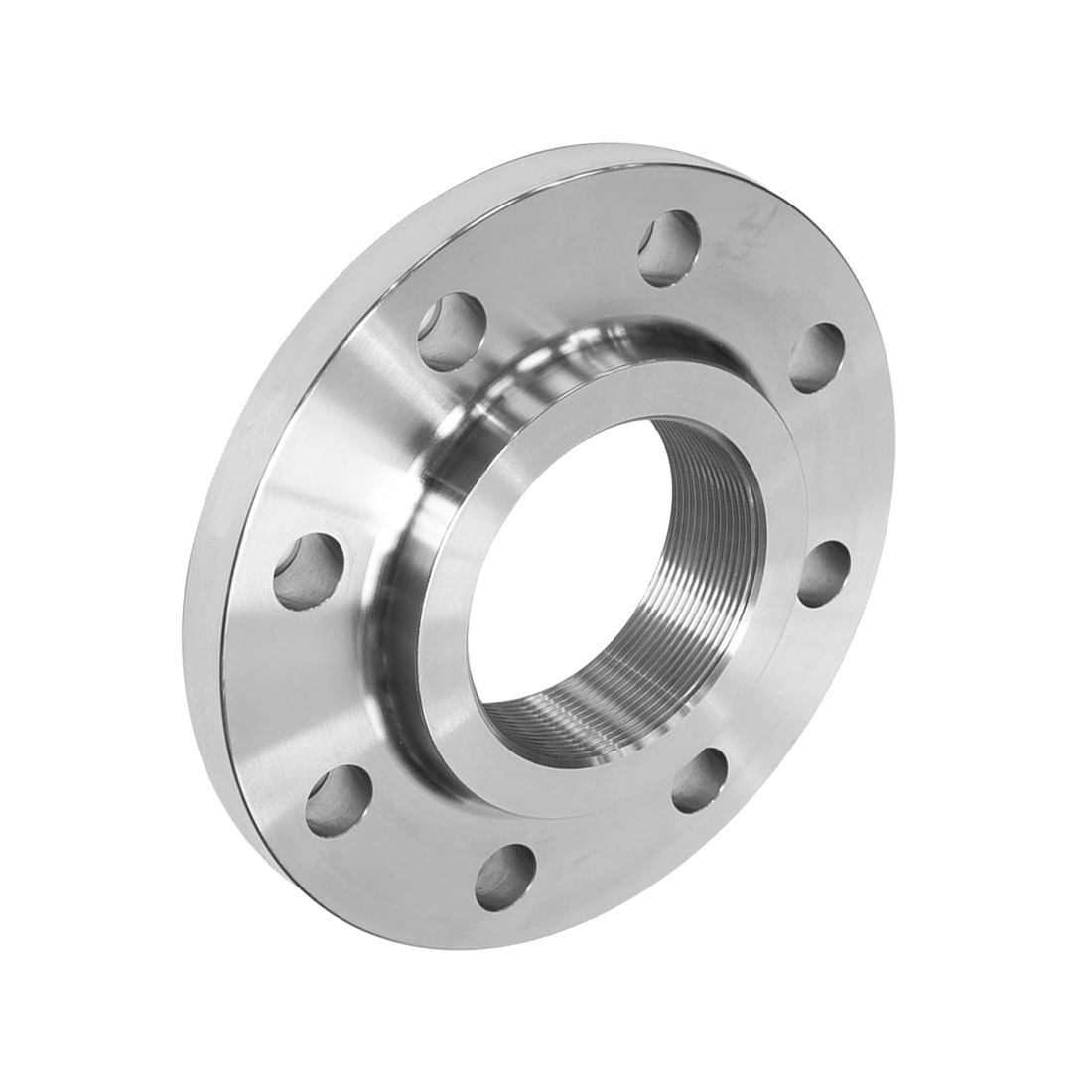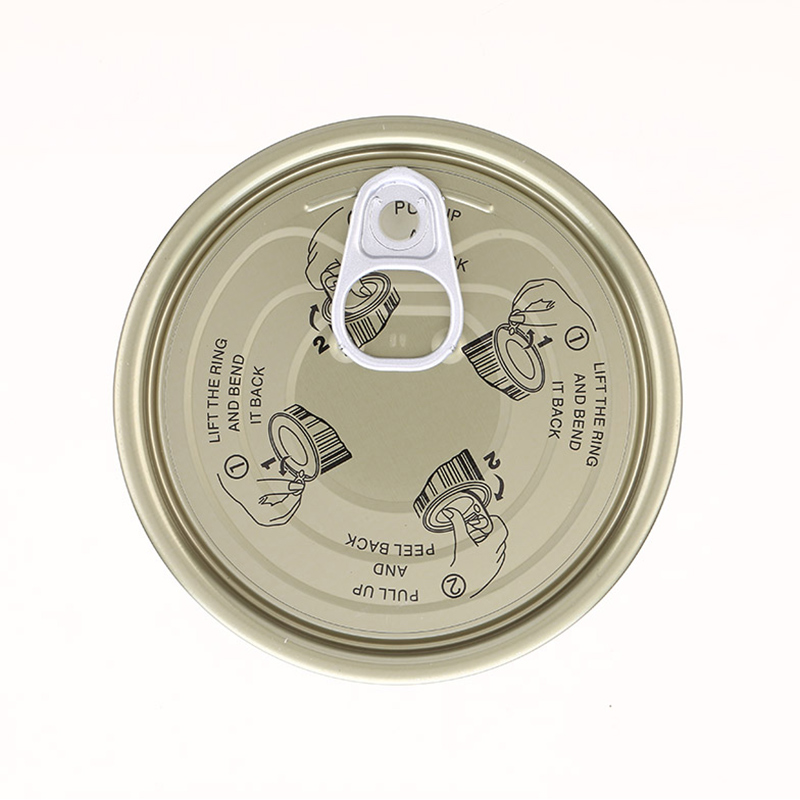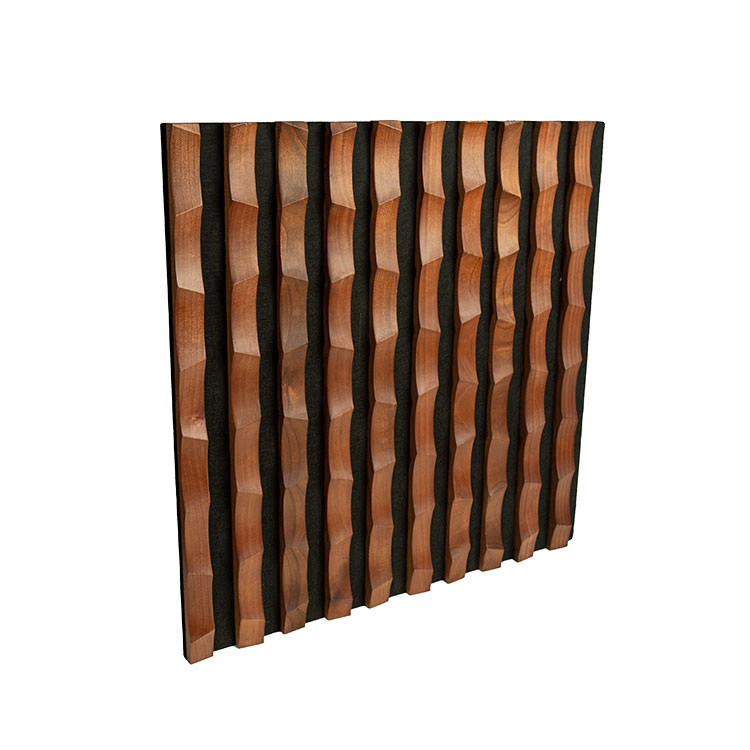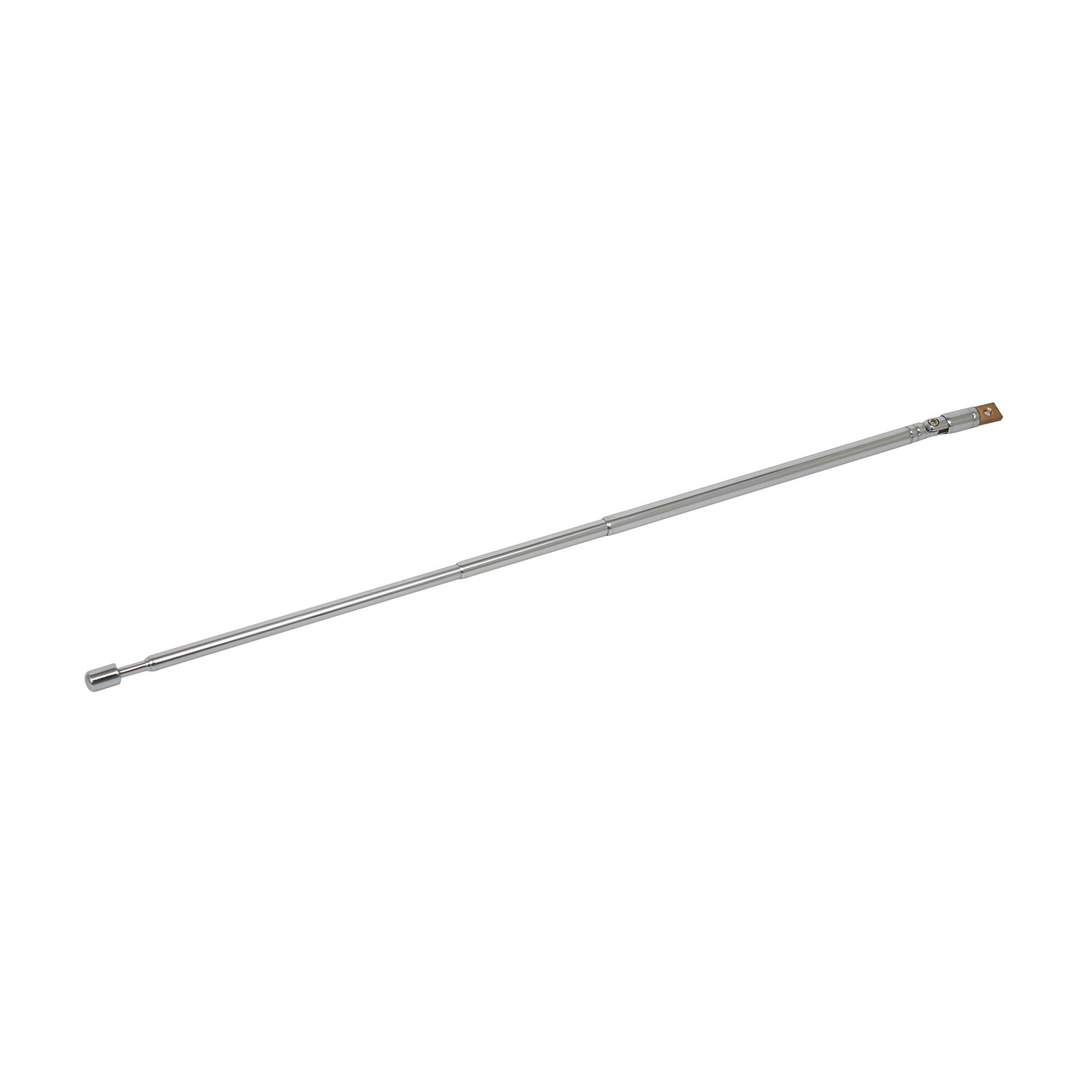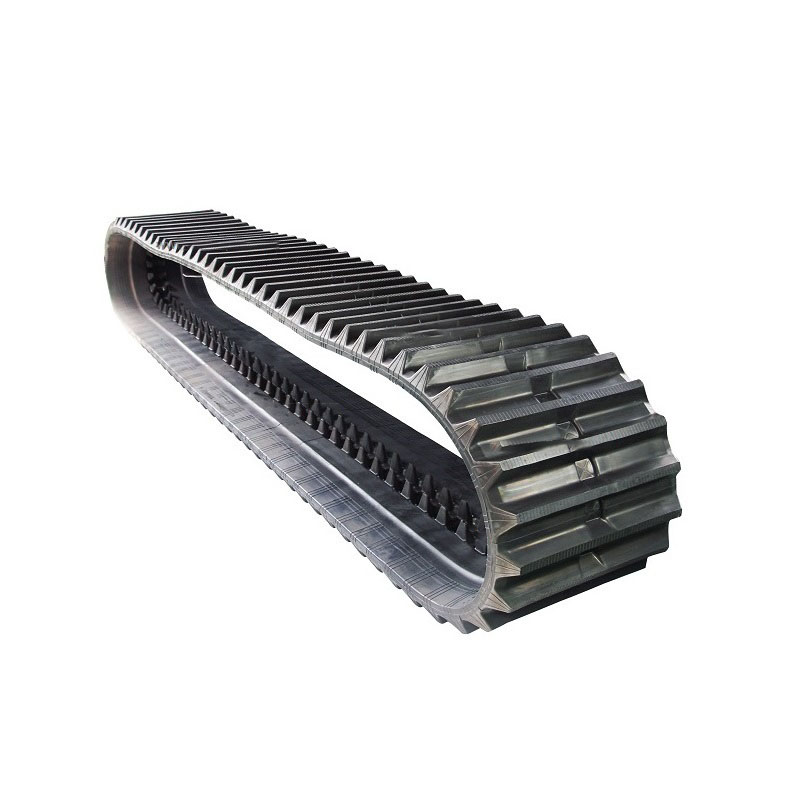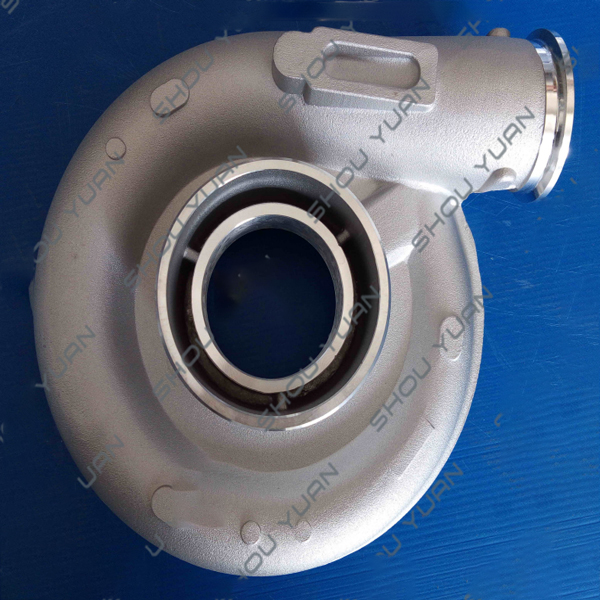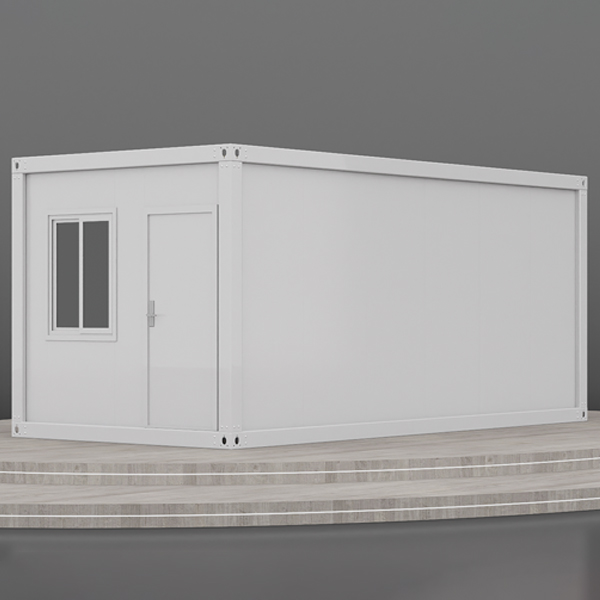Screw BSP DIN PN 10/16 carbon steel A105 flange threaded slip on thread flange with hub
SPECIFICATION
| Product Name | Thread flange |
| Size | 1/2″-24″ |
| Pressure | 150#-2500#,PN0.6-PN400,5K-40K |
| Standard | ANSI B16.5,EN1092-1, JIS B2220 etc. |
| Threaded type | NPT ,BSP |
| Material | Stainless steel: A182F304/304L, A182 F316/316L, A182F321, A182F310S, A182F347H, A182F316Ti, 317/317L, 904L, 1.4301, 1.4307, 1.4401, 1.4571,1.4541, 254Mo and etc. |
| Carbon steel: A105, A350LF2, S235Jr, S275Jr, St37, St45.8, A42CP, A48CP, E24 , A515 Gr60, A515 Gr 70 etc. | |
| Duplex stainless steel: UNS31803, SAF2205, UNS32205, UNS31500, UNS32750 , UNS32760, 1.4462,1.4410,1.4501 and etc. | |
| Pipeline steel: A694 F42, A694F52, A694 F60, A694 F65, A694 F70, A694 F80 etc. | |
| Nickel alloy: inconel600, inconel625, inconel690, incoloy800, incoloy 825, incoloy 800H,C22, C-276, Monel400, Alloy20 etc. | |
| Cr-Mo alloy: A182F11, A182F5, A182F22, A182F91, A182F9, 16mo3,15Crmo, etc. | |
| Application | Petrochemical industry;aviation and aerospace industry;pharmaceutical industry;gas exhaust;power plant;ship building;water treatment,etc. |
| Advantages | ready stock,faster delivery time;available in all sizes,customized;high quality |
DIMENSION STANDARDS
PRODUCTS DETAIL SHOW
1. Face
Can be raised face(RF), full face(FF), Ring joint(RTJ) , Groove, Tongue, or customized.
2.Thread
NPT or BSP
3.CNC fine finished
Face finish: The finish on the face of flange is measured as an Arithmetical Average Roughness Height(AARH). The finish is determined by the standard used. For example, ANSI B16.5 specifies face finishes within a range 125AARH-500AARH(3.2Ra to 12.5Ra). Other finishes are available on requst, for example 1.6 Ra max,1.6/3.2 Ra, 3.2/6.3Ra or 6.3/12.5Ra. The range 3.2/6.3Ra is most common.
MARKING AND PACKING
• Each layer use plastic film to protect the surface
• For all stainless steel are packed by plywood case. For bigger size carbon flange are packed by plywood pallet. Or can be customized packing.
• Shipping mark can make on request
• Markings on products can be carved or printed. OEM is accepted.
INSPECTION
• UT test
• PT test
• MT test
• Dimension test
Before delivery, our QC team will arrange NDT test and dimension inspection.Also accept TPI(third party inspection).
PRODUCTION PROCESS
| 1. Choose Genuine raw material | 2. Cut raw material | 3. Pre-heating |
| 4. Forging | 5. Heat treatment | 6. Rough Machining |
| 7. Drilling | 8. Fine maching | 9. Marking |
| 10. Inspection | 11. Packing | 12. Delivery |
COOPERATION CASE
This project for Brazil project. Some items need anti-rust oil and some item need galvanized coating.
FAQ
1. What is stainless steel 304?
304 stainless steel is a commonly used austenitic stainless steel with excellent corrosion resistance, high strength and good formability. It is widely used in various industries because of its versatility and durability.
2. What is stainless steel 304L?
Stainless steel 304L is a low carbon variant of stainless steel 304. It offers improved weldability while maintaining similar corrosion resistance and mechanical properties. This grade is typically used in applications requiring welding.
3. What is stainless steel 316?
316 stainless steel is an austenitic stainless steel alloy that contains molybdenum to enhance its corrosion resistance in marine and chloride environments. It has excellent strength and high creep resistance, making it suitable for a variety of demanding applications.
4. What is stainless steel 316L?
316L stainless steel is a low carbon variant of 316 stainless steel. It has improved solderability and resistance to intergranular corrosion. This grade is frequently used in applications requiring high corrosion resistance and excellent formability.
5. What are forged threaded pipe fittings?
Forged threaded pipe fittings are pipe fittings made by shaping heated metal and using mechanical force to deform it into the desired shape. These fittings have threads on the outer surface and can be easily connected to threaded pipe for a safe, leak-free connection.
6. What is a flange?
A flange is an external or internal edge used to reinforce or connect pipes, valves, or other components in a piping system. They provide an easy way to assemble, disassemble and maintain the system. Stainless steel flanges have excellent corrosion resistance and can withstand high temperatures.
7. What are the ASTM standards for forged threaded fittings and flanges?
ASTM standards are internationally recognized standards developed by the American Society for Testing and Materials. These standards ensure that forged threaded fittings and flanges meet specific requirements for material composition, dimensions, mechanical properties and testing procedures.
8. What are the advantages of using stainless steel forged threaded pipe fittings and flanges?
Stainless steel forged threaded pipe fittings and flanges offer a variety of benefits, including excellent corrosion resistance, high strength, durability and versatility. They can withstand extreme temperatures, pressures and harsh environments, making them suitable for a wide range of applications.
9. In what fields are stainless steel forged threaded pipe fittings and flanges commonly used?
These fittings and flanges are widely used in industries such as oil and gas, petrochemical, chemical, power generation, pharmaceutical, pulp and paper, food processing and water treatment. They are commonly used in piping systems, pipelines, refineries and other applications where safe connections and reliable performance are required.
10. How to choose suitable stainless steel forged threaded pipe fittings and flanges?
To select the correct fittings and flanges, consider factors such as application requirements, operating conditions (temperature, pressure, and corrosive environments), pipe size, and compatibility with the fluid being transported. It is recommended to consult an experienced supplier or engineer for guidance on selecting fittings and flanges to suit your specific needs.
